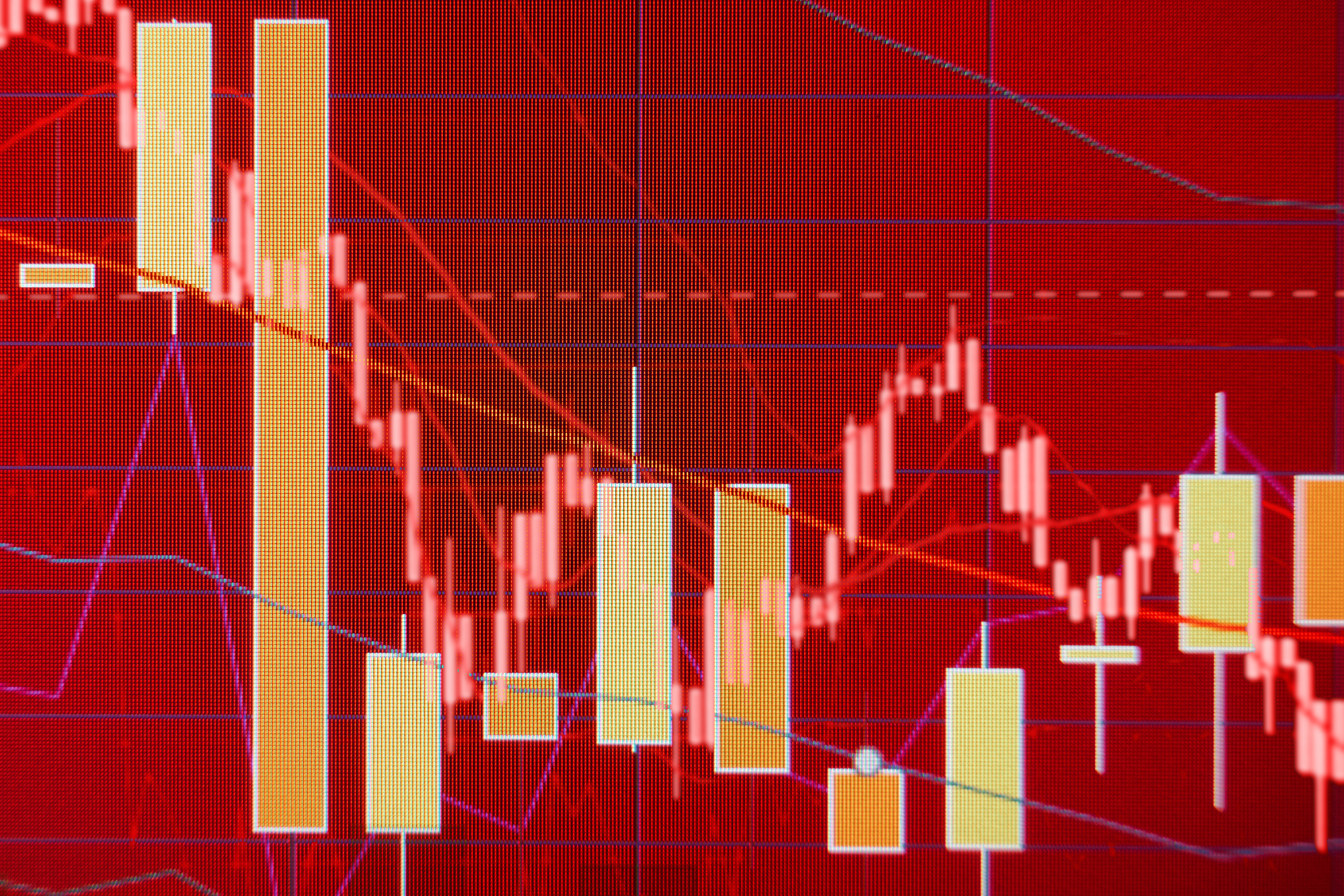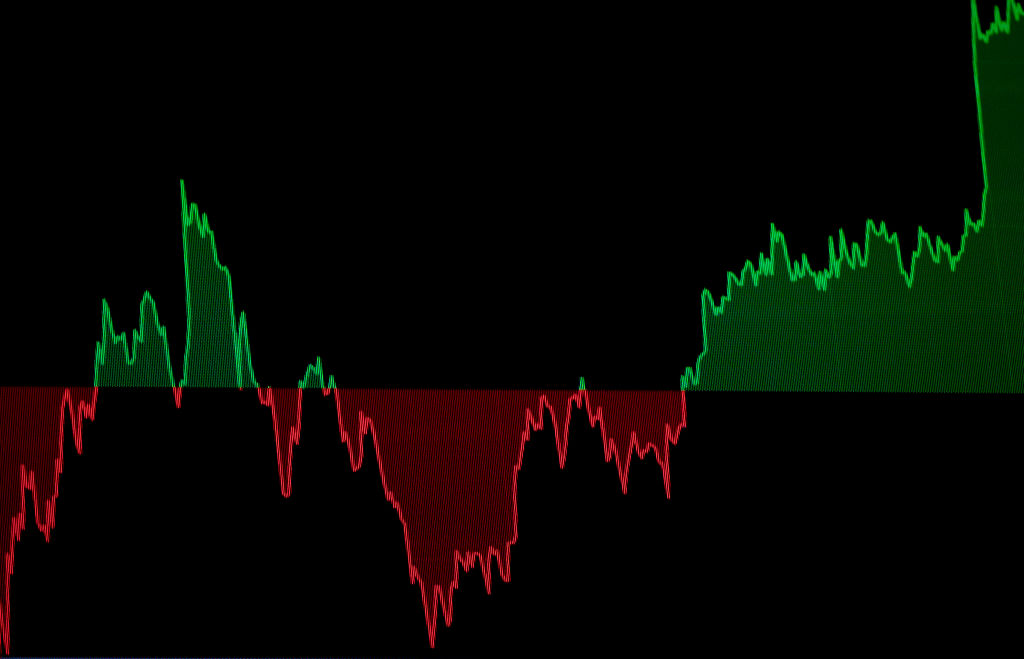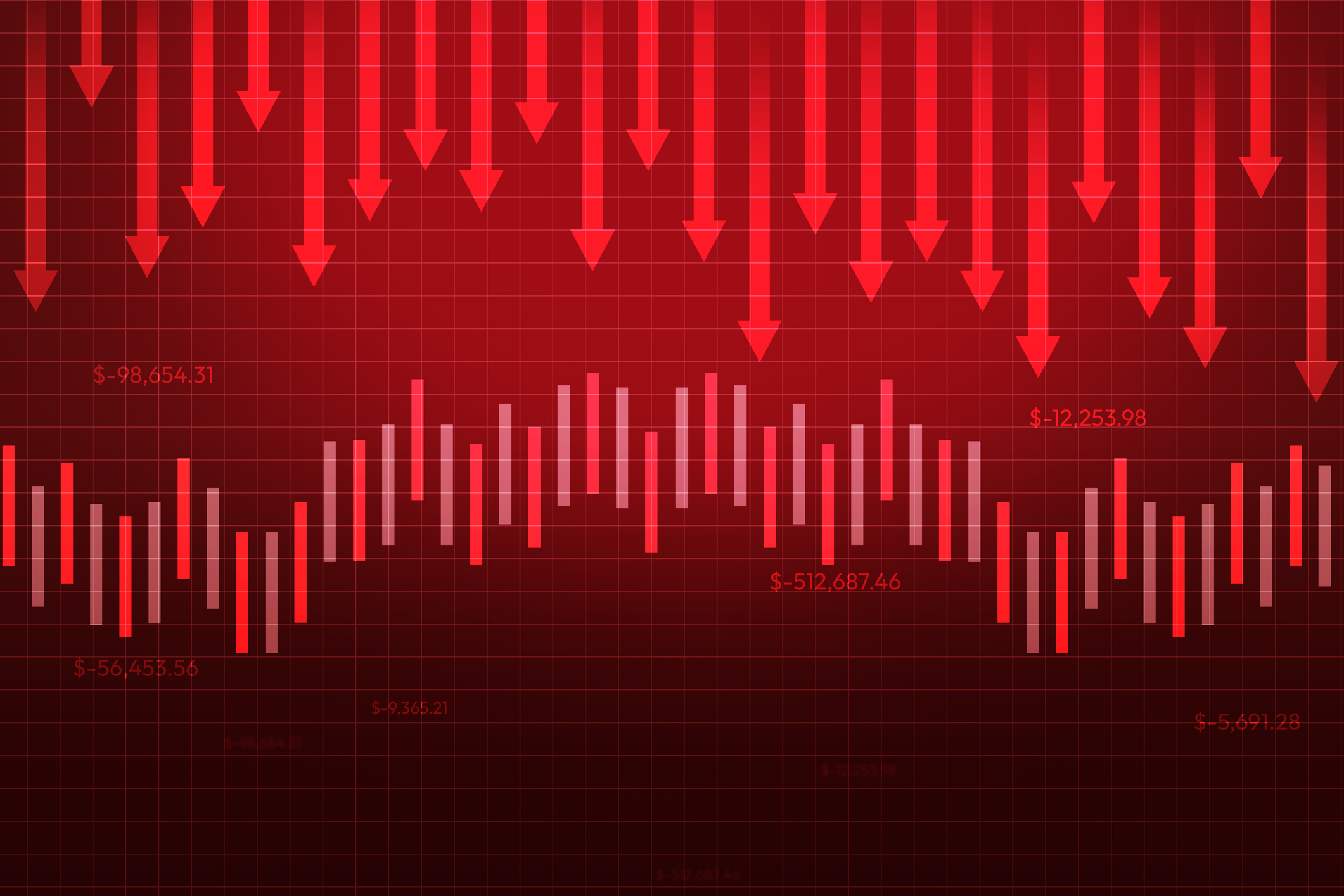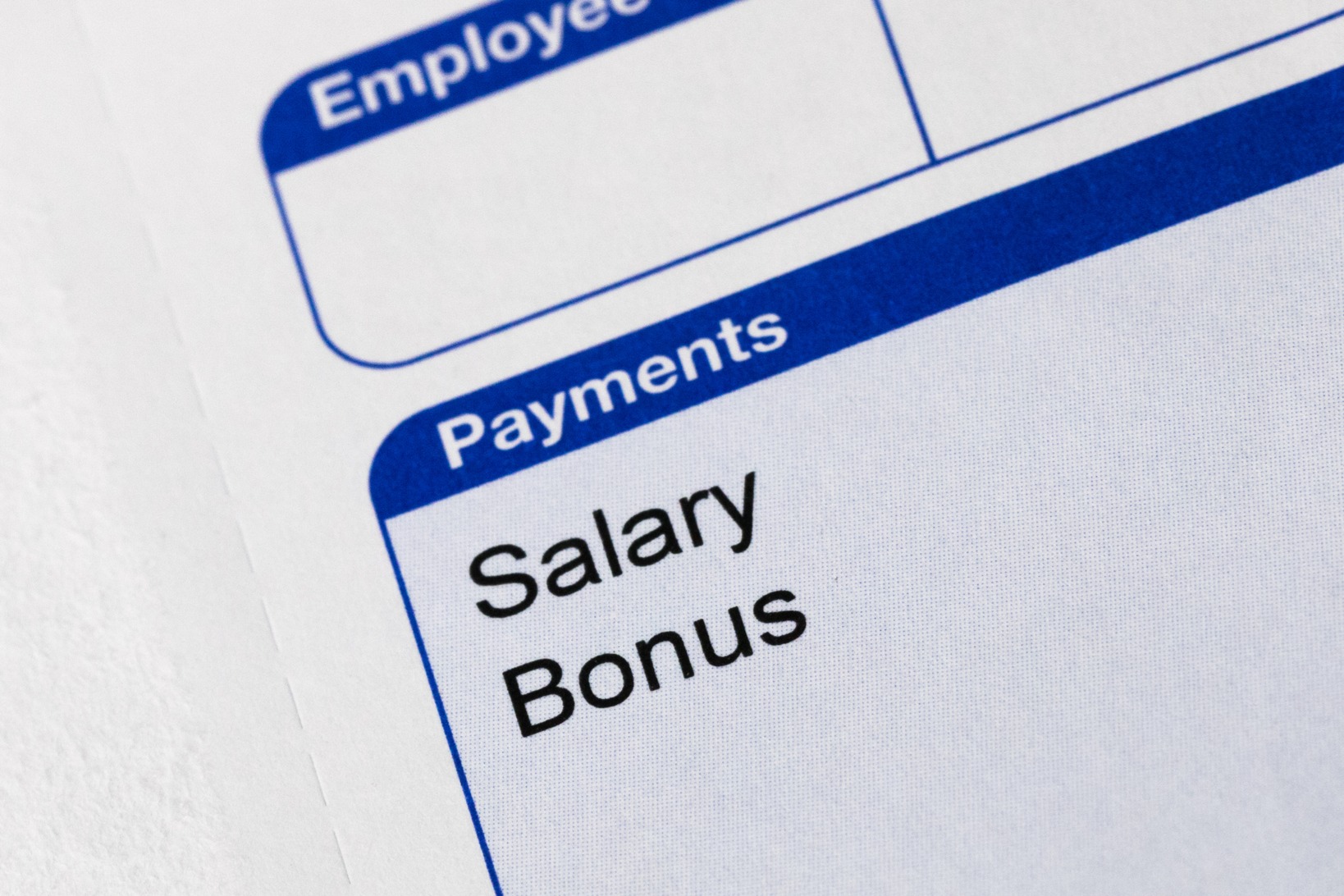The Right Investment Mix
Find out how you should allocate your assets.

Clearly, the more your investments make, the longer your money will last (or the more you can spend each year). And that brings us back to the stock market. You know that history shows that the stock market is the best place to be for the long haul.
Don't suddenly forget that lesson in retirement. The companies in the S&P 500 have posted an annualized return of 11% over the past seven decades, about double the return on five-year government bonds and about three times as much as one-year Treasury bills.
Throughout retirement, says financial planner Deena Katz, "you should have a minimum of 50% in stocks -- but 60% to 75% is better, especially early on."
From just $107.88 $24.99 for Kiplinger Personal Finance
Be a smarter, better informed investor.

Sign up for Kiplinger’s Free Newsletters
Profit and prosper with the best of expert advice on investing, taxes, retirement, personal finance and more - straight to your e-mail.
Profit and prosper with the best of expert advice - straight to your e-mail.
Exhaustive research by William Bengen, a financial planner in El Cajon, Cal., suggests that retirees should have between 50% and 75% of their retirement money in a diversified portfolio of large-company stocks or mutual funds. Based on market behavior over the past 70 years, that mix produced the best overall returns. Anyone holding less than 50% or more than 75% in stocks is being "controlled either by fear or greed," he says.
Once you begin tapping the nest egg, Bengen says, you can decrease your initial stock-allocation percentage by one percentage point per year without seriously affecting your ability to withdraw funds over 30 years. If you had 75% in stocks at age 65, then by age 80 you'd be down to 60% in stocks.
Bengen's formula means that the percentage of a portfolio that a conservative retiree should have invested in stocks is 115 minus his or her age. That would mean 50% if you were age 65, for example, falling to 35% 15 years later, when you hit 80. For an aggressive investor, the percentage should be 140 minus age -- or 75% at age 65 and 60% at 80.
Based on historical market performance, Bengen's research shows that a 65-year-old invested 50% in stocks can withdraw between 4% and 5% of a tax-deferred portfolio (slightly less for a taxable portfolio) in the first year of retirement (and the same amount increased by inflation in each of the succeeding 30 years) and not run out of money even during market downturns. This means that if you have a $700,000 portfolio, at 4% you can withdraw $28,000 in the first year. Applying a 3% inflation rate, in year two you could take out $28,840, in year three $29,705, and so on throughout the 30 years.
When setting your own allocation, keep in mind that at least part of your money at 65 will be invested for ten years or more. That makes you a long-term investor.
But what if having 50% or more of your portfolio in stocks still gives you the jitters? Then just say no. Any allocation has to take your risk tolerance into account. You can invest more conservatively -- but you may be cutting short the life of your assets.

How Much Do You Need?
Which Money to Spend First?

Profit and prosper with the best of Kiplinger's advice on investing, taxes, retirement, personal finance and much more. Delivered daily. Enter your email in the box and click Sign Me Up.
-
 Investors Buy the Nasdaq's Big Dip: Stock Market Today
Investors Buy the Nasdaq's Big Dip: Stock Market TodayStocks are up and down again to end an up-and-down week ahead of big earnings announcements and the eventual return of regular economic data flow.
-
 Dow Dives 797 Points as Government Opens: Stock Market Today
Dow Dives 797 Points as Government Opens: Stock Market TodayThe process of pricing and re-pricing realities old and new never stops, and next week promises to be at least as exciting as this week.
-
 Dow Climbs 327 Points, Crosses 48,000: Stock Market Today
Dow Climbs 327 Points, Crosses 48,000: Stock Market TodayMarkets are pricing the end of the longest government shutdown in history – and another solid set of quarterly earnings.
-
 Dow Climbs 559 Points to Hit a New High: Stock Market Today
Dow Climbs 559 Points to Hit a New High: Stock Market TodayThe rotation out of tech stocks resumed Tuesday, with buying seen in more defensive corners of the market.
-
 Risk Is On Again, Dow Jumps 381 Points: Stock Market Today
Risk Is On Again, Dow Jumps 381 Points: Stock Market TodayThe stock market started the week strong on signs the government shutdown could soon be over.
-
 Stocks Bounce But End With Big Weekly Losses: Stock Market Today
Stocks Bounce But End With Big Weekly Losses: Stock Market TodayThe stock market rout continued on Friday, but a late-day burst of buying power brought the main indexes off their session lows.
-
 Risk Is Off Again, Dow Falls 397 Points: Stock Market Today
Risk Is Off Again, Dow Falls 397 Points: Stock Market TodayMarket participants are weighing still-solid earnings against both expectations and an increasingly opaque economic picture.
-
 Stocks Rally as Investors Buy the Dip: Stock Market Today
Stocks Rally as Investors Buy the Dip: Stock Market TodayMost sectors are "go" only a day after talk of bubbles, extended valuations and narrow breadth undermined any kind of exuberance.

